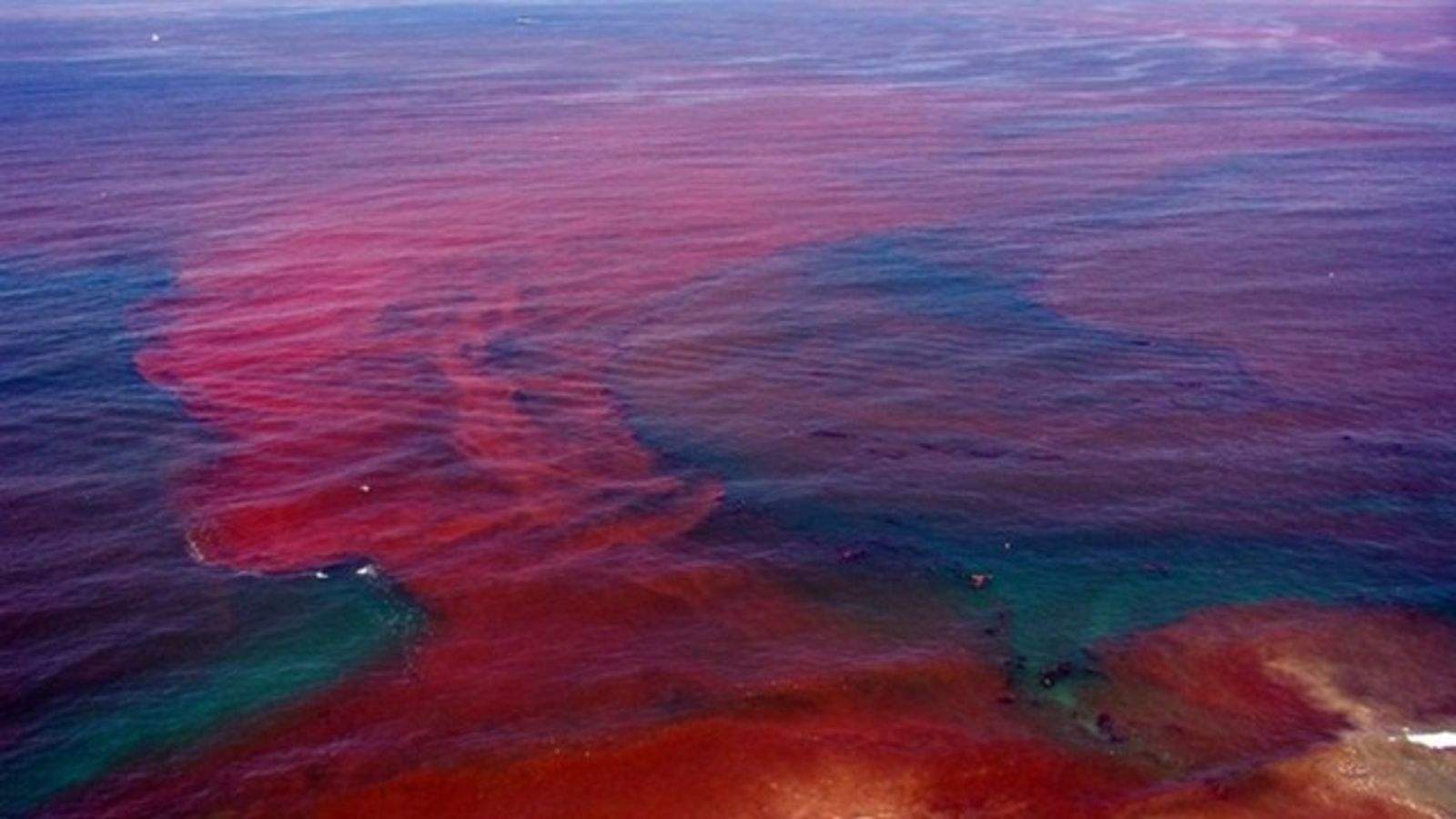
Red tide is a toxic algal bloom that originates dozens of miles offshore when there are high amounts of the algae known as Karenia brevis. Red tide, a problem that has sporadically plagued Florida's Gulf Coast water for years, is back. We use this information to advise the public.Red tide ravages sea life and hurts tourism industry along nearly 100 miles of Florida's Gulf Coast 02:12įlorida beaches are filling up with dead fish and coastal air is burning people's eyes, noses and throats – and it's all because of a tiny organism. This includes monitoring coastal bathing waters between May and September to check its quality. We work with others to protect the environment and everyone’s enjoyment of our natural heritage. If there’s been a big build-up of algae in shallow water, it can kill fish and other species such as lugworms and sea urchins. Where necessary, they will take steps to stop shellfish becoming available for people to eat.ĭecaying algal blooms can also affect marine species by reducing the amount of oxygen in the water. The Centre for the Environment, Fisheries and Aquaculture Science (CEFAS) monitors commercial fisheries for signs of contamination. There are controls in place to protect people from the health risk of eating contaminated shellfish. Alexandrium and Dinophysis – can contaminate shellfish, which can then be poisonous for fish, birds and people.Chaetoceros – have spines which can clog up and damage fish gills, leading to the death of cage-reared salmon and other species.This species also causes the water to appear red in colour, sometimes referred to as red tide Gyrodinium aureolum – has been linked with shellfish and fish mortalities, particularly in marine fish farms.However, some algal blooms can affect fish and other marine life by producing toxins which can have, if swallowed, an adverse effect on people. Non-toxic blooms are mainly just a nuisance. It is then often swept ashore where it breaks down into an unpleasant brown slime, smelling a bit like sewage.

Strong winds can whip up these algae into foam, which can be up to two meters thick on the surface of the water. Phaeocystis pouchetii - one of the most common bloom-forming algae in British coastal waters.Noctiluca scintillans - which causes an orange discoloration of the water.These are the common ones in Welsh waters and are harmless: Most marine algal blooms are harmless and adverse effects are rare.īlooms of non-toxic algal species are more common than toxic ones. The type - and how many there are - are influenced by sunlight, temperature and the level of nutrients in the water.īloom-forming algal populations start to increase in the spring, responding to rising temperatures and the length of the day. There are many types of bloom-forming marine algae. Different species of algae become blooms at different times in the year and under different conditions. What are bloomsĪ lot of algae in the same place, which make sea water look discoloured, is called an algal bloom.Ī bloom is usually made up of one species. They can look like green flakes, greenish bundles or brownish dots. They include seaweeds and tiny plants suspended in the water. Marine algae live naturally in seas and oceans around the world.

This page explains what marine algal blooms are, how they affect you and what you should do if you see one. Most are about genuine pollution incidents, but sometimes they relate to algal blooms that are a natural feature in our seas. We receive many enquiries about the quality of coastal waters.


 0 kommentar(er)
0 kommentar(er)
